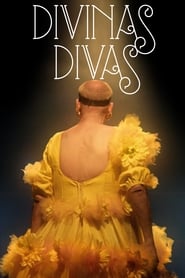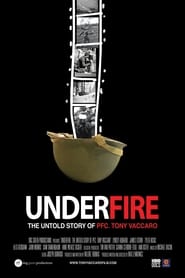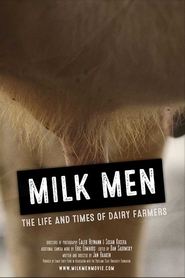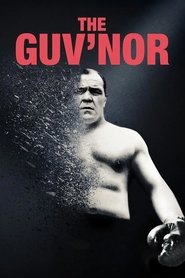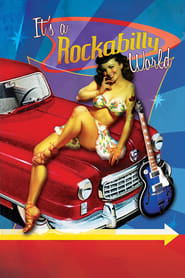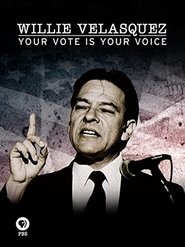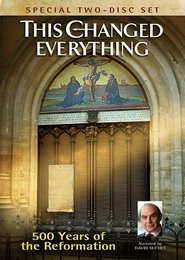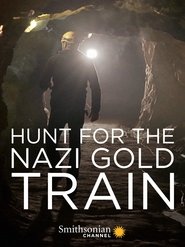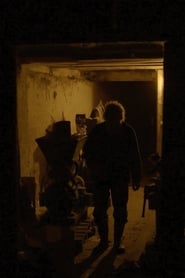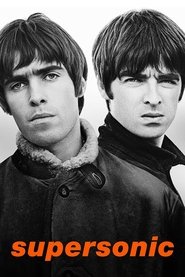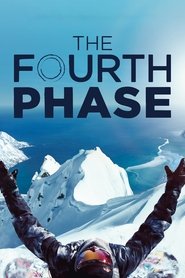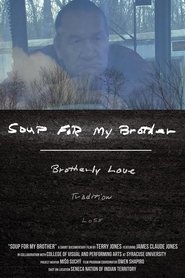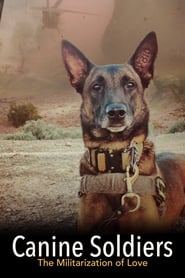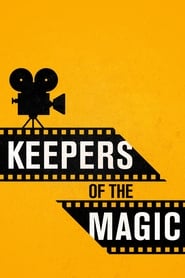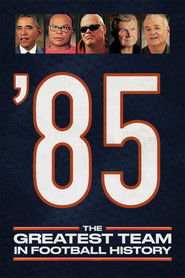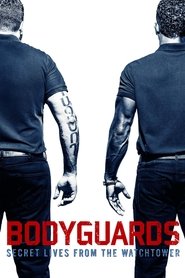New Documentary Movies on Free Services - Page 353
-
Divine Divas
2016
Divine Divas
2016
star 7.6Eight iconic performers of the first generation of Brazilian transvestite artists go on stage to celebrate their 50th career jubilee. The film depicts the human, personal dimension behind these icons, deconstructing gender stereotypes. -
Underfire: The Untold Story of Pfc. Tony Vaccaro
2016
star 7.2The remarkable story of WWII infantryman and photographer Tony Vaccaro, who created one of the most comprehensive, haunting and intimate photographic records of the war using a smuggled $47 camera while developing the negatives in his helmet at night. -
Milk Men
2016
Milk Men
2016
As the global economics of dairy farming has winnowed out most small and medium-sized dairies, the surviving farmers confront pressures to intensify production, even as they find that getting bigger presents new problems. -
The Guv'nor
2016
The Guv'nor
2016
star 6.6A feature documentary about the life of Lenny McLean, as seen through the eyes of his only son, Jamie. -
Mixed Match
2016
Mixed Match
2016
star 5An important human story told from the perspective of mixed race blood cancer patients who are forced to reflect on their multiracial identities and complex genetics as they struggle with a seemingly impossible search to find bone marrow donors, all while exploring what role race plays in medicine. -
It's a Rockabilly World!
2016
star 5.5Rockabilly is a subculture whose members operate as if they are living in the 1950's. From the music to the tattoos, pin up girls, hot rod cars and vintage fashion, this lifestyle gives creative people a place where they feel empowered. Rockabillies don't fit the mold of what American culture says is 'normal.' This scene makes invisible people visible. Simple as that. A Rockabilly's greatest fear is not being noticed. -
Willie Velasquez: Your Vote is Your Choice
2016
Political empowerment for Latinos in the United States has always been difficult. A Mexican-American butcher's son from Texas, Willie Velasquez questioned the lack of Latino representation in his city's government, propelling him into a lifelong battle to gain political equality for Latinos. This documentary examines obstacles Latinos had to overcome to obtain representation, and addresses issues facing Latinos today. -
This Changed Everything
2016
This Changed Everything: 500 Years of the Reformation celebrates the fruits of the Reformation while exploring difficult questions about the cost of division: Could schism have been avoided? Is there hope for reunification? What did Jesus really mean when He prayed for His followers to be "one"? -
Hunting the Nazi Gold Train
2016
star 6In 2015, a media frenzy broke when 2 amateur researchers found a buried train in Poland. They believed it contained precious treasure left by the Nazis at the close of WW2. Historian Dan Snow investigates. -
The Sound of Winter
2016
The Sound of Winter
2016
Solitude in the Haut-Jura. During the days and nights of winter, Max and his companions split their time between farming activities, skiing, and the pub. Everything is muffled, by the snow and the silence. Up until singing cuts this silence and reunites the community. This is a film that is fascinated by the forms of the landscape and the presence of men, but also by an ambiance that opens the imagination. -
Supersonic
2016
Supersonic
2016
star 7.4Supersonic charts the meteoric rise of Oasis from the council estates of Manchester to some of the biggest concerts of all time in just three short years. This palpable, raw and moving film shines a light on one of the most genre and generation-defining British bands that has ever existed and features candid new interviews with Noel and Liam Gallagher, their mother, and members of the band and road crew. -
The Fourth Phase
2016
The Fourth Phase
2016
star 6.6Iconic snowboarder Travis Rice and friends embark on a multi-year mission to follow the North Pacific Gyre's flow. As Rice and the crew experience the highs and lows of a journey unlike any previously attempted, cutting-edge cinematography captures some of the world's most remote environments bringing breathtaking scenery and thrilling action to viewers worldwide. -
Gringo Favelado
2016
Gringo Favelado
2016
An Artist, a Musician and a Dreamer, all of them British, have moved to Rio's notorious favela communities where they build their lives in perilously-shifting political sands. -
He Who Dances on Wood
2016
star 6.3One man's search for joy has culminated in a constant experience of rhythm in the world around him. -
Soup For My Brother
2016
Soup For My Brother
2016
Soup For My Brother is a short documentary about tradition, brotherly love and loss. -
Canine Soldiers: The Militarization of Love
2016
star 8A documentary exploring the experience of going to war with a Military Working Dog, trained to find bombs before they can kill or maim soldiers, often at the expense of the dog's sanity. -
Keepers of the Magic
2016
Keepers of the Magic
2016
star 7.6This ground-breaking documentary explores our fascination with moving images and provides insight into how cinema's most iconic moments came to be. -
'85: The Greatest Team in Football History
2016
star 8.2Through never-been-seen-before footage and fascinating interviews with key members of the 1985 Chicago Bears -- Mike Ditka, Jim McMahon, Mike Singletary, and others -- you will hear the inside story of their historic season. -
Pleasure
2016
Pleasure
2016
star 8It feels good. Slamming into concrete walls, risking the backcountry unknown, being broke on the road… Some would call it hedonistic behavior, we call it living the dream, and this cast of characters delivers a vibrant depiction of this so-called sport of skiing.With a local tourist mentality, the simple joys are found near and far. From India, Switzerland and Japan, to British Columbia, Washington DC, and Alaska, it’s business in the front, party in the back, and no one is phoning it in. Level 1 continues to surprise with another must watch ski film in a lineage of classics, for your viewing PLEASURE. -
Bodyguards: Secret Lives from the Watchtower
2016
star 4.6Explore the secret world of the bodyguards who risk their lives to protect the rich, famous and powerful.
 Netflix
Netflix
 Amazon Prime Video
Amazon Prime Video
 Apple iTunes
Apple iTunes
 Apple TV Plus
Apple TV Plus
 Disney Plus
Disney Plus
 Google Play Movies
Google Play Movies
 Paramount Plus
Paramount Plus
 Hulu
Hulu
 HBO Max
HBO Max
 YouTube
YouTube
 fuboTV
fuboTV
 Peacock
Peacock
 Peacock Premium
Peacock Premium
 Amazon Video
Amazon Video
 The Roku Channel
The Roku Channel
 AMC+
AMC+
 Kocowa
Kocowa
 Hoopla
Hoopla
 The CW
The CW
 Vudu
Vudu
 Starz
Starz
 Showtime
Showtime
 PBS
PBS
 Pantaflix
Pantaflix
 FXNow
FXNow
 Tubi TV
Tubi TV
 Kanopy
Kanopy
 Comedy Central
Comedy Central
 Crunchyroll
Crunchyroll
 Microsoft Store
Microsoft Store
 Redbox
Redbox
 Sun Nxt
Sun Nxt
 ABC
ABC
 DIRECTV
DIRECTV
 Crackle
Crackle
 Fandor
Fandor
 Plex
Plex
